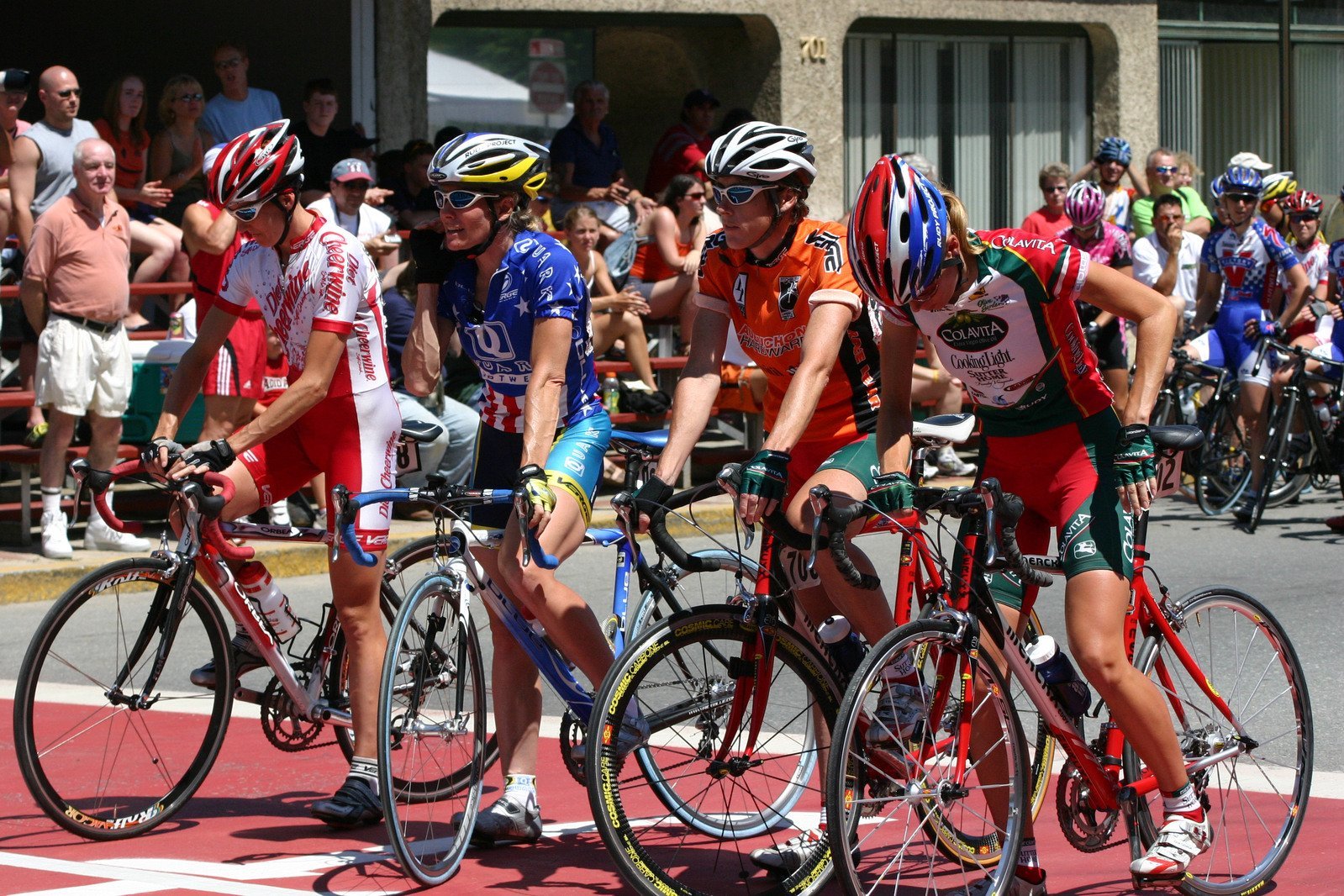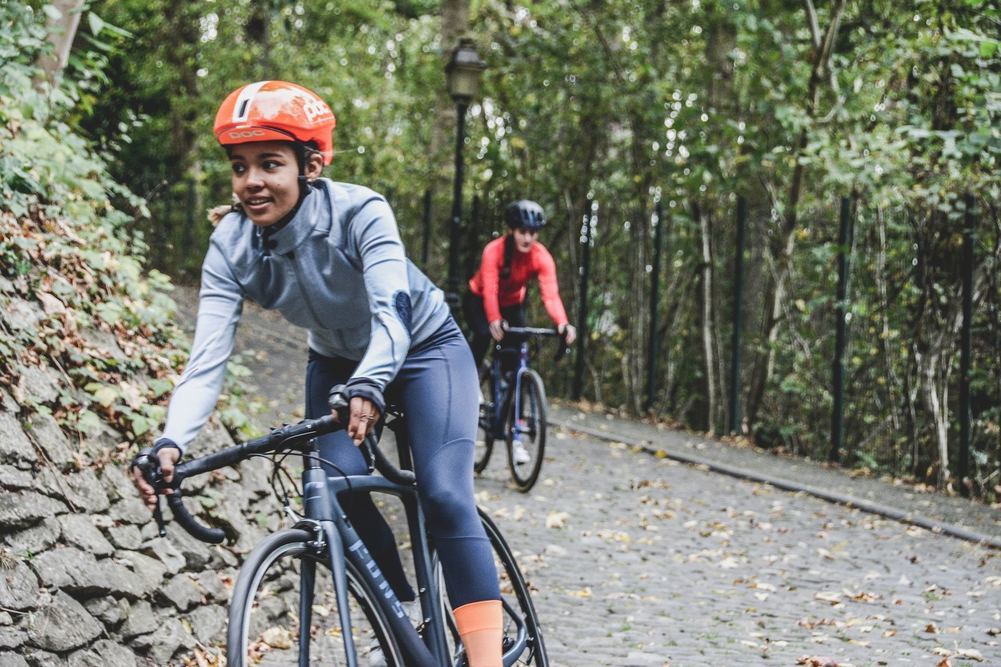Staying Safe While Cycling
Cycling is a safe pastime, but there are certain situations where there is considerably more risk of crashing or meeting harm. There are always things you can do to minimise hazards or limit the damage if you do fall. This article looks at various ways of staying safe while cycling.

Winter Cycling
Cycling in winter is certainly more dangerous than other seasons, mostly because the roads tend to be slipperier. This is when you ideally want “grippy” tyres that adhere to the asphalt and inspire confidence when you take corners. It’s not the tread that makes the difference here as much as the compound of the tyre. Cyclists often like to switch to winter tyres, which are generally thicker and slower and less prone to puncturing in wet weather. But they’re not always safer.
As well as choosing a tyre with good grip (reviews are useful in this regard), cyclists can reduce their chances of slipping on icy or wet roads by riding on wider tyres at a lower pressure than they might use in the summer. Letting about 10 PSI of air out is enough to make a difference.
Safety Gear
A contentious issue in cycling is whether cyclists should be forced to wear crash helmets. You could ride for thousands of miles without once falling off or needing headgear, but it’s hard not to believe a helmet is useful once you’ve bounced your head off the road just once. Anyone that does crash a bike and hit their head should seek medical advice. You can get a video appointment with a GP here within minutes if you suffer any ill effects after a crash.
Cycling gloves or mitts are also a useful thing to wear. If you are unlucky enough to crash, instinct makes most people break their fall with their hands, which tend to get damaged as a result. Gloves help prevent discomfort in your hands when riding long distances, too.
Other things to consider in terms of safety gear include visible clothing and bike lights. Both are essential for those that ride regularly in darkness or half-light among a lot of traffic. A front bike light doesn’t need to be too powerful if you only want to be seen, but if you’re in the habit of cycling along pitch-black lanes at night, you might want several hundred lumens. A rear light doesn’t need the same output.
Group Riding
One of the benefits of group riding, apart from the social aspect, is the ability to “draft” other cyclists so that you’re sheltered from the wind. This can save as much as 30% of your energy or more. Drafting, though, requires cyclists to ride very close to each other’s back wheels, which can be hazardous in itself.
To avoid crashing in a group ride (or a race), it helps to ride smoothly and confidently and not to jam on the brakes or suddenly alter your line. As your confidence grows, you’ll be able to ride close to the wheel in front of you without endangering all concerned. Stay safe!



